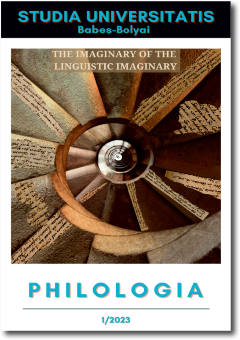HOMO LUDENS AMONG CULTURES AND TRANSLATIONS – A PRACTICAL APPROACH
HOMO LUDENS AMONG CULTURES AND TRANSLATIONS – A PRACTICAL APPROACH
Author(s): Diana-Viorela BurlacuSubject(s): Syntax, Lexis, Semantics, Philology, Translation Studies
Published by: Studia Universitatis Babes-Bolyai
Keywords: abusive fidelity; communication; cultureme; equivalence; meaning; mediation; wordplay;
Summary/Abstract: Homo Ludens among Cultures and Translations – A Practical Approach. Not only once have we learned about the parasitic, mimetic structure of a translation, or the inauthenticity of the invisible translator, a performer without a stage, as Robert Wechsler would describe it. Yet, beyond such a shallow disparaging perspective, (good) translation obviously means art, being shaped by the translator’s expertise, talent and imagination, and resembling a creative Lego game rather than an already set puzzle game, hence its uniqueness. The present study aims to briefly highlight certain key-concepts in this ambiguity-fraught domain, such as abusive fidelity, domestication and foreignization (covert and overt translation) or culture-bound terms, the so-called culturemes. Mainly relying on practical illustrations, encountered while translating a series of jokes from the German language into Romanian, during a translation course within the Leipzig University, the article will focus on the ludic aspect of translation, which paradoxically does not always trigger a laughter on the part of the translator, sometimes faced not only with difficulties, but with impossible equivalences. Ultimately, the study will try to justify the reasons for which communicative translation should prevail over the semantic translation or why an authentic target-language text proves superior to a faithful-to-the-source-text translation.
Journal: Studia Universitatis Babes-Bolyai - Philologia
- Issue Year: 68/2023
- Issue No: 1
- Page Range: 195-210
- Page Count: 16
- Language: English

